At the end of June, Unity 2017.1, the newest version of the popular 3D development engine, went live. And with that release, it brought out some very cool new features like Timeline and Cinemachine, to name a few. Now, for those of us that develop with Unity and follow the beta program closely, these features are not new at all. What is more likely the case is that we have spent a good deal of time using these features for a few months and even possibly helped iron out a few bugs.
So from that developer's perspective, when someone from the Unity management team gets up on stage and begins talking about the features of the freshly released version, what we should hear is "it is time to go download the newest beta and find out what the real 'newest features' are." What you may not hear, and that happens to be the case, is that not only is the 2017.2 beta out but is on its third version.
We reported about a few upcoming cool features for the mixed reality space back in May from Unity's Vision Summit 2017 conference. I am happy to report that most of the updates that were teased are here, even if they are in a build that is not completely bug-free. You know what I say ... "That's life in beta."
Vuforia
It is official, Vuforia, the image and object shape recognition system for augmented and mixed reality, now has native integration in Unity. Does this integration simplify the somewhat complex and — at the very least — many steps process that is needed to get Vuforia to create holograms based on object or image recognition? I do intend on making an updated version of our HoloLens/Vuforia development series just as soon as I find out.
Project Tango
In recent weeks, Apple has come out with the ARKit, a system that uses the stock iOS camera to do a form of surface detection. This revelation has sent software developers scrambling to get apps and new use-cases out into the world. At the same time, the people that have been openly working on this technology for some time now have been pretty quiet.
The truth is that the ARKit is the equivalent of a stage magic trick as opposed to the "real magic." Google's Project Tango hardware, much like the HoloLens' inside-out tracking and spatial mapping, is the real thing. And with this newest version of Unity, Google Tango now has integrated support in the Unity engine, along with a number of tools to help developers create Daydream applications.
What makes Google's version the real thing over ARKit is that it produces a real representation of the space around the user and will be able to create experiences that have more interactive surfaces, you know ... like walls.
Of course, in the end, consumers tend to like the flashy magic trick and the real thing gets lost to time. That is unless the real thing has its own flash. Consumers don't really care how the magic works, just that it does.
Windows Mixed Reality
Microsoft's bet on the new alternative reality technologies has been dubbed Windows Mixed Reality. An ecosystem and classification that includes the Microsoft HoloLens as well as the new occluded OEM partner head-mounted displays coming in the holiday season this year.
The newest beta of Unity now includes support for this ecosystem, which hopefully leads to the creation of apps and games that work on all the Windows Mixed Reality devices — with little to no hiccups. That is the dream anyway.
Back at Vision Summit, Unity also dropped hints about a new tool for AR/MR/VR developers that they call the XR Foundation Tools (XRFT). While some of the above could be considered part of that toolset, that is the one teased part that is still missing. So as developers in the space, we still have some new things to look forward to this year.
Just updated your iPhone? You'll find new features for Podcasts, News, Books, and TV, as well as important security improvements and fresh wallpapers. Find out what's new and changed on your iPhone with the iOS 17.5 update.
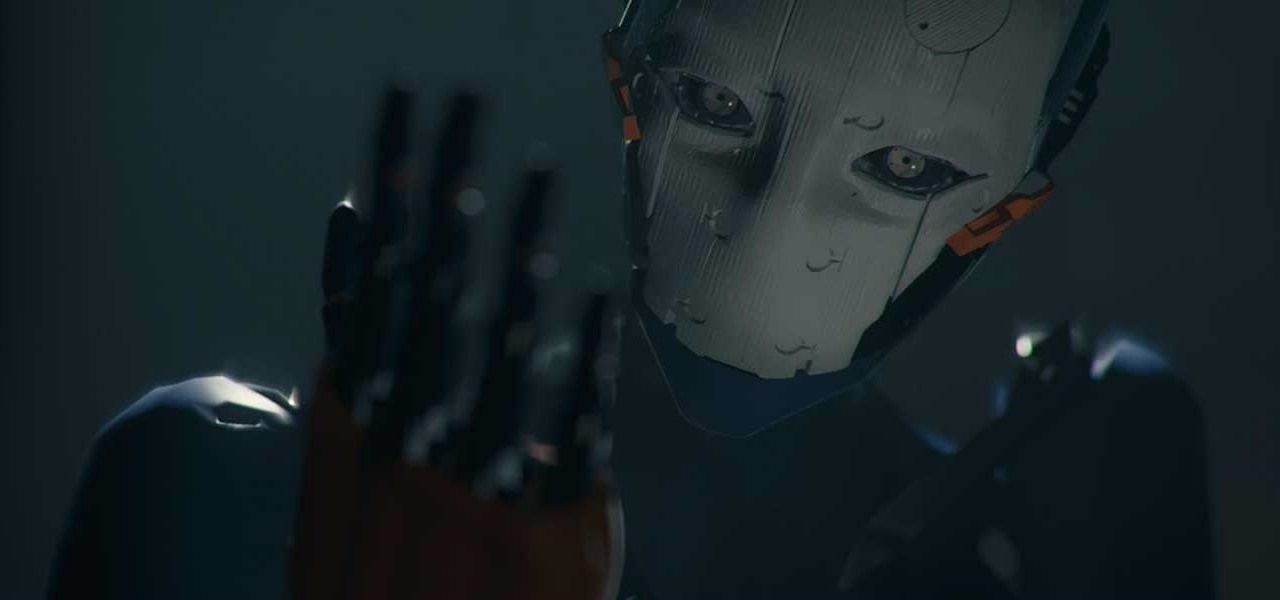



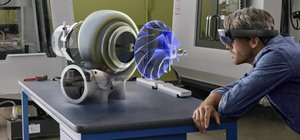
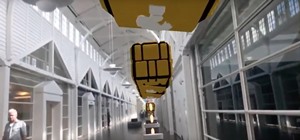
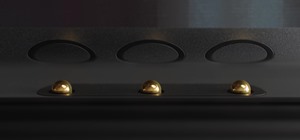


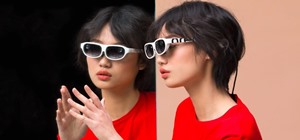





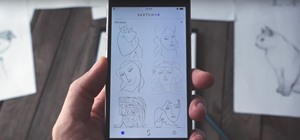








2 Comments
Good Analysis!
Engineer Point :
"What makes Google's version the real thing over ARKit, is that it produces a real representation of the space around the user and will be able to create experiences that have more interactive surfaces, you know... like walls."
Consumer Point :
"Of course, in the end, consumers tend to like the flashy magic trick and the real thing gets lost to time. That is unless the real thing has its own flash."
since Vuforia is native integration in Unity, how the licensing stuff works?
Combine License? Just Unity license sufficient? Time to visit Unity3D site :)
Share Your Thoughts